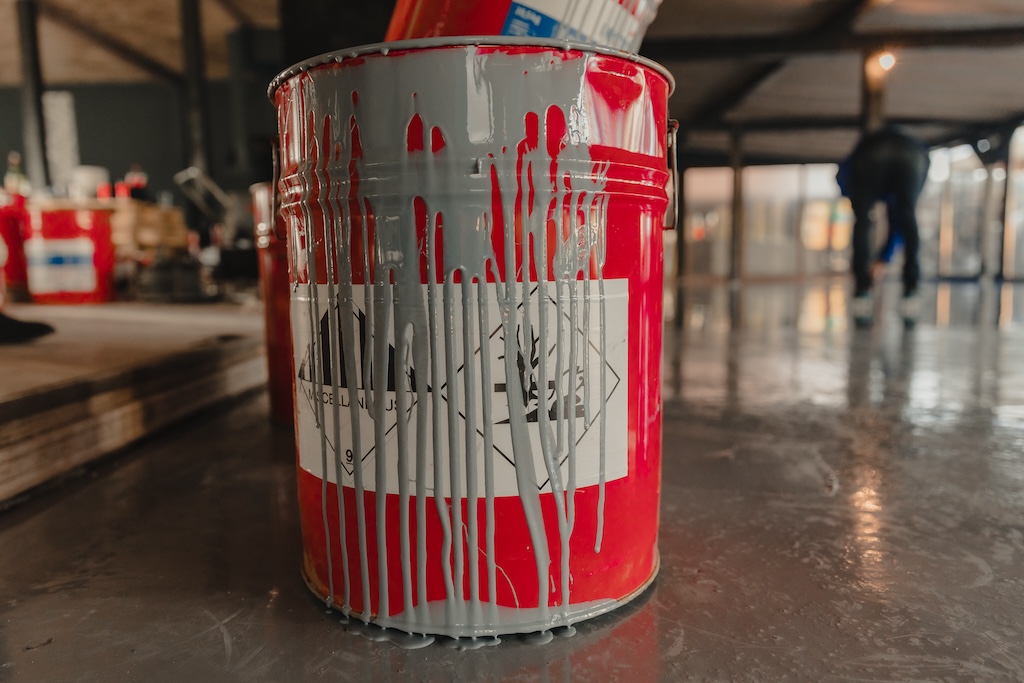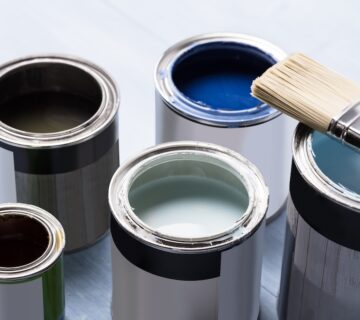The world of house painting is rich with a variety of paint types, each offering distinct characteristics and suitable applications. However, an aspect that often goes overlooked is the toxicity levels of these different paints. Understanding the toxicity of various paint types is crucial, particularly in relation to indoor air quality, health, and environmental impact. This blog aims to highlight the toxic elements present in different types of paint and guide homeowners and decorators towards making more informed choices for their painting projects, ensuring safer environments for living and working.
Traditional Oil-Based Paints
Oil-based paints have long been favored for their durability and the rich, glossy finish they provide. However, they are notorious for containing high levels of volatile organic compounds (VOCs). VOCs are chemicals that evaporate at room temperature and can cause a range of health issues, including eye irritation, respiratory tract irritation, and more severe long-term effects such as damage to the liver and kidneys. Additionally, oil-based paints often contain heavy metals and other hazardous substances that serve as pigments and preservatives. These components make disposal and spill management critical environmental concerns.
Water-Based Latex Paints
Water-based latex paints are popular due to their ease of use and faster drying times compared to oil-based options. They generally contain lower levels of VOCs, making them a safer option for indoor applications. However, they are not entirely free from toxic substances. Some latex paints may still include chemicals such as formaldehyde and ammonia, albeit in lower quantities than their oil-based counterparts. Consumers looking to use latex paint should seek out labels that indicate low-VOC or no-VOC formulations to minimize potential health risks.
Natural Paints
Natural paints, made from ingredients such as water, plant oils, resins, and natural dyes, are marketed as non-toxic and eco-friendly alternatives to conventional paints. These paints are particularly appealing to those looking to reduce their exposure to harmful chemicals. However, while they offer significant health and environmental benefits, natural paints often have limitations in color variety, durability, and moisture resistance, which can affect their application in certain environments.
Acrylic Paints
Acrylic paints are another type of water-based paint known for their versatility and durability. They typically have a low VOC content, especially when compared to traditional oil-based paints. Despite this, acrylic paints can still contain some toxic substances, though these are generally at much lower levels than those found in oil-based paints. For those concerned about environmental and health impacts, acrylic paints offer a reasonable balance between performance and safety.
Lead-Based Paints
Historically, lead was commonly used in paints due to its durability and protective properties. However, lead is a highly toxic metal, and exposure to lead-based paints can lead to severe health issues, especially in children. The use of lead in household paints has been banned in many countries, but older homes may still have layers of lead-based paint, which poses risks during renovations. It is crucial to test for lead in homes built before the ban was implemented to ensure safety during any home improvement work involving paint removal.
Zero-VOC and Low-VOC Paints
In response to growing health and environmental concerns, many paint manufacturers now offer zero-VOC and low-VOC options. These paints significantly reduce or eliminate the release of harmful chemicals, making them safer for indoor use and more environmentally friendly. They are particularly recommended for households with children, pets, or individuals with chemical sensitivities, as they help create a healthier living environment.
Final Thoughts
Understanding the toxicity of different paint types is essential for maintaining a safe and healthy living environment. While no paint can be completely free of chemicals, choosing products like low-VOC, no-VOC, or natural paints can greatly diminish health risks. It is important to always read paint labels carefully and consider the specific requirements of your space and its occupants. By making informed decisions, you can harness the transformative power of paint to beautify your home without compromising health and safety, ensuring a positive impact on both your living space and the environment. For more insights into paint types and safe painting practices, visit our website at sisupainting.com and explore our blog at sisupainting.com/blog.





No comment